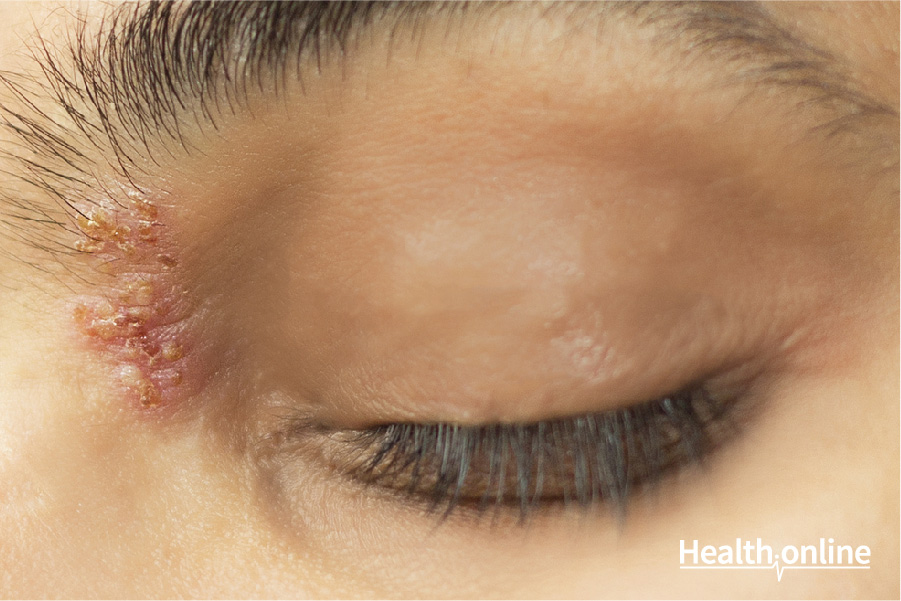
Signs and Symptoms of Shingles
The incubation period of shingles is seven to twelve days. This means that before you will experience any lesion on your skin the virus has been residing in your body for around seven to twelve days.
- Rapid onset of pain and rash at the affected area are the first manifestations
- Other initial symptoms can include
- headache
- fever
- sensitivity to light
- flu-like symptoms
- The pain in the area supplied by the affected spinal nerve is more commonly observed
After three to four days, this first batch of symptoms is followed by the appearance of a band of rash (reddening of the skin) which is described as itching, tingling, and painful. The rash could appear on any part of your body; however, it is one-sided either front or back, left or right. The rash will develop into blisters, then scab within ten days to two weeks, followed by clearing up after a few weeks. Sometimes the rash will leave a pigmented scar. These scars are usually replaced by normally colored skin in the following months. However, if the fluid containing vesicles are infected, ulceration and permanent scarring of the area may happen. The combination of pain and the distinctive rash in the area supplied by the affected spinal nerve is the surest sign of shingles.
The rash in shingles is described as more painful than itchy. The nerve roots that receive sensations from your skin forks and divides in two, running to each side of your body. When the hibernating virus is re-activated, it crawls along the nerve and reaches your skin supplied by the said nerve. Thus, the rash follows the nerve and wraps around your body, either left or right, coming from the middle of your back toward your chest. Unfortunately, it could also creep into your face around one eye. There are times when the rash appears in more than one area of your body.
If you experience persistent headache, stiffness of the neck, or confusion, it is highly possible that the covering of your brain—known as meninges—has been involved. These are bad symptoms that could foretell more difficult management and long duration of illness.




